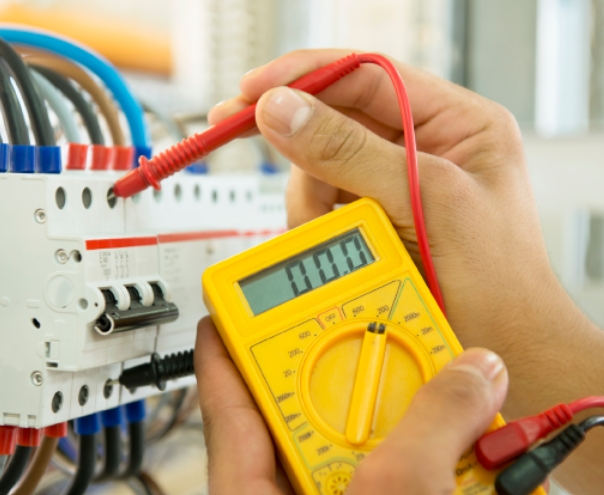In the realm of electrical engineering, relays and transformers are two fundamental components that play crucial roles in various applications. While both devices are used to control and manipulate electrical signals, they possess distinct characteristics and serve different purposes. This article aims to delve into the dissimilarities between relays and transformers, shedding light on their functionalities, structures, and applications.
- Functionality:
Relay: A relay is an electrically operated switch that allows the control of one electrical circuit by another. It acts as a mediator, enabling the isolation and amplification of signals, thus facilitating the control of high-power circuits using low-power control signals. Relays are commonly employed in automation systems, power distribution networks, and telecommunications.
Transformer: On the other hand, a transformer is a static electrical device that transfers electrical energy between two or more circuits through electromagnetic induction. It is primarily used for voltage conversion, either stepping up or stepping down the voltage levels. Transformers are extensively utilized in power transmission and distribution systems, as well as in electronic devices like power supplies and audio amplifiers.
- Structure:
Relay: Relays consist of an electromagnet, a set of contacts, and a spring mechanism. When a control signal is applied to the electromagnet, it generates a magnetic field that attracts or releases the contacts, thereby opening or closing the circuit. This mechanical action allows the relay to control the flow of current in the controlled circuit.
Transformer: Transformers comprise two or more coils of wire, known as windings, which are wound around a magnetic core. The primary winding receives the input voltage, while the secondary winding delivers the output voltage. The magnetic field generated by the alternating current in the primary winding induces a voltage in the secondary winding, enabling voltage transformation.
- Applications:
Relay: Relays find extensive applications in various industries. They are commonly used in industrial automation systems to control motors, solenoids, and valves. In power systems, relays are employed for protection and fault detection purposes, ensuring the safety and stability of the electrical grid. Additionally, they are utilized in telecommunications for signal amplification and routing.
Transformer: Transformers are indispensable in power transmission and distribution networks, where they step up the voltage for efficient long-distance transmission and step it down for safe utilization in homes and businesses. They are also utilized in electronic devices to provide the appropriate voltage levels required for their operation. Furthermore, transformers are employed in electrical equipment like welding machines and induction heaters.
Conclusion:
In summary, relays and transformers are distinct devices with different functionalities, structures, and applications. Relays act as switches, enabling the control of high-power circuits using low-power control signals, while transformers facilitate voltage conversion. Understanding the dissimilarities between these components is crucial for engineers and technicians working in various industries, as it allows for informed decision-making and optimal utilization of these devices in different electrical systems.


